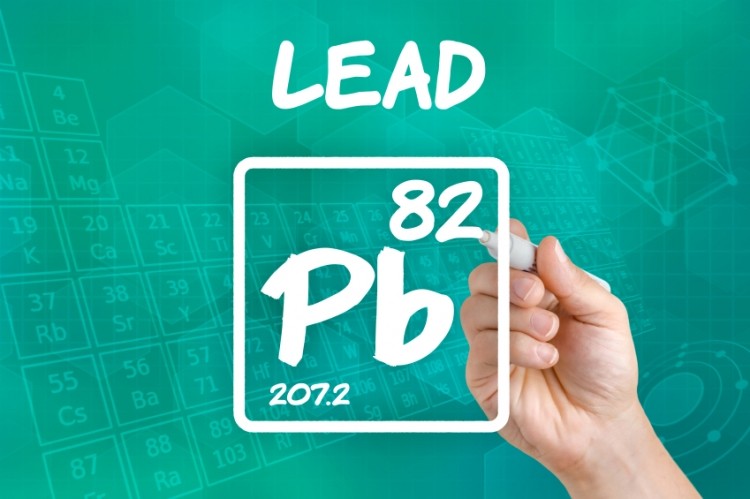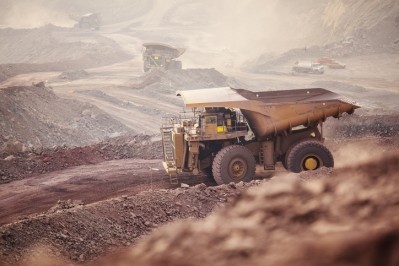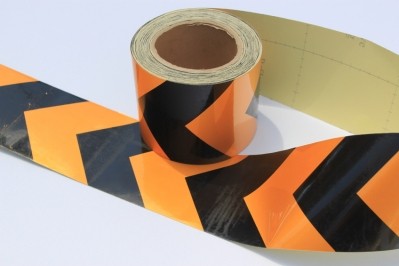Concerns over heavy metal levels in Asia-Pacific feeds

That global animal nutrition supplier’s 2016 Asia-Pacific Heavy Metal Survey found 38% of just over 100 samples of swine feed and 26% of over 200 samples of poultry feed were contaminated.
It also noted 28% of more than 500 complete feed samples tested had heavy metal levels above EU allowable limits.
This is the sixth year running Alltech has carried out the analysis of such contamination load.
“Asia-Pacific is the only region where we have conducted the survey annually,” said Tara Jarman, Alltech Asia-Pacific mineral manager
When asked if the risk of heavy metal tainted feed is higher in this part of the world than others, she told FeedNavigator: “Asia is a large supplier of inorganic trace minerals globally, but monitoring of quality standards is very low in parts of the region. We felt that the risk of contaminates entering and staying in the feed chain would be high in Asia-Pacific, and the survey allows us to highlight those risks.”
She said cadmium, a known carcinogen for humans, continues to be the main contaminant, which is likely attributed to the processes involved in the mining and manufacturing of inorganic mineral sources.
That toxic heavy metal was detected at levels as high as 16,579 ppm in a zinc sulphate sample, whereas the acceptable EU limit is just 10 ppm, explained Jarman.
But heavy metal contaminates can also derive from feed components including Dicalcium Phosphate (DCP), limestone, clay and other binders and raw materials such as fish meal, she said. “All of these can add to the overall contaminate load of a final feed,” added the Alltech mineral expert.
Implications for livestock and human health
Arsenic, cadmium and lead, continued Jarman, are potentially toxic and can lead to decreased performance due to immune suppression or liver and kidney damage.
The authors of an Irish study, published in Research in Veterinary Science last year, noted previous experimental work has highlighted the ability of cadmium to alter trace element status and the protective effect of good mineral status. However, the researchers said there remain gaps in knowledge of the impact of these interactions on the health and productivity of farmed animals.
Variance in results
A quick trawl through the previous Alltech Asia Pacific heavy metal survey results showed those from 2014-2015 had contamination levels higher than 2015-2016, with 30% of samples tainted, however, there were low counts in 2013, with 10% of the samples only infected.
Jarman said such variance over time would be expected: “After six years of survey results, we have found an average of 20% of samples tested have shown levels of contamination. We have seen variations in the number of samples tested and countries submitting samples each year. The variable and inconsistent nature of the inorganic minerals may also affect the results.
Often trace minerals are sold in bulk quantities and this creates challenges around representative sampling. [Sometimes] hot pockets of these contaminates exist, rather than an entire load containing a consistent level of say cadmium. So it is very easy to potentially ‘miss’ or sample an unrepresentative portion of the load. It is sampling challenges such as these that can cause contamination to be missed on a regular basis in quality checks at the feed mill level,” explained Jarman.
Monitoring tools
She said the control and regulation of heavy metals in feed and feed ingredients varies widely across the Asia-Pacific region: “Countries such as Australia have a very robust monitoring program in place, while other countries have not specified allowable contaminate levels. Overtime, we may see some consistency across the region, but that is potentially years away.”
Jarman said the feed industry itself needs to look for a remedy, including positive release testing programs for heavy metals, dioxins and PCBs to ensure safety, consistency and traceability for organic mineral sources.














